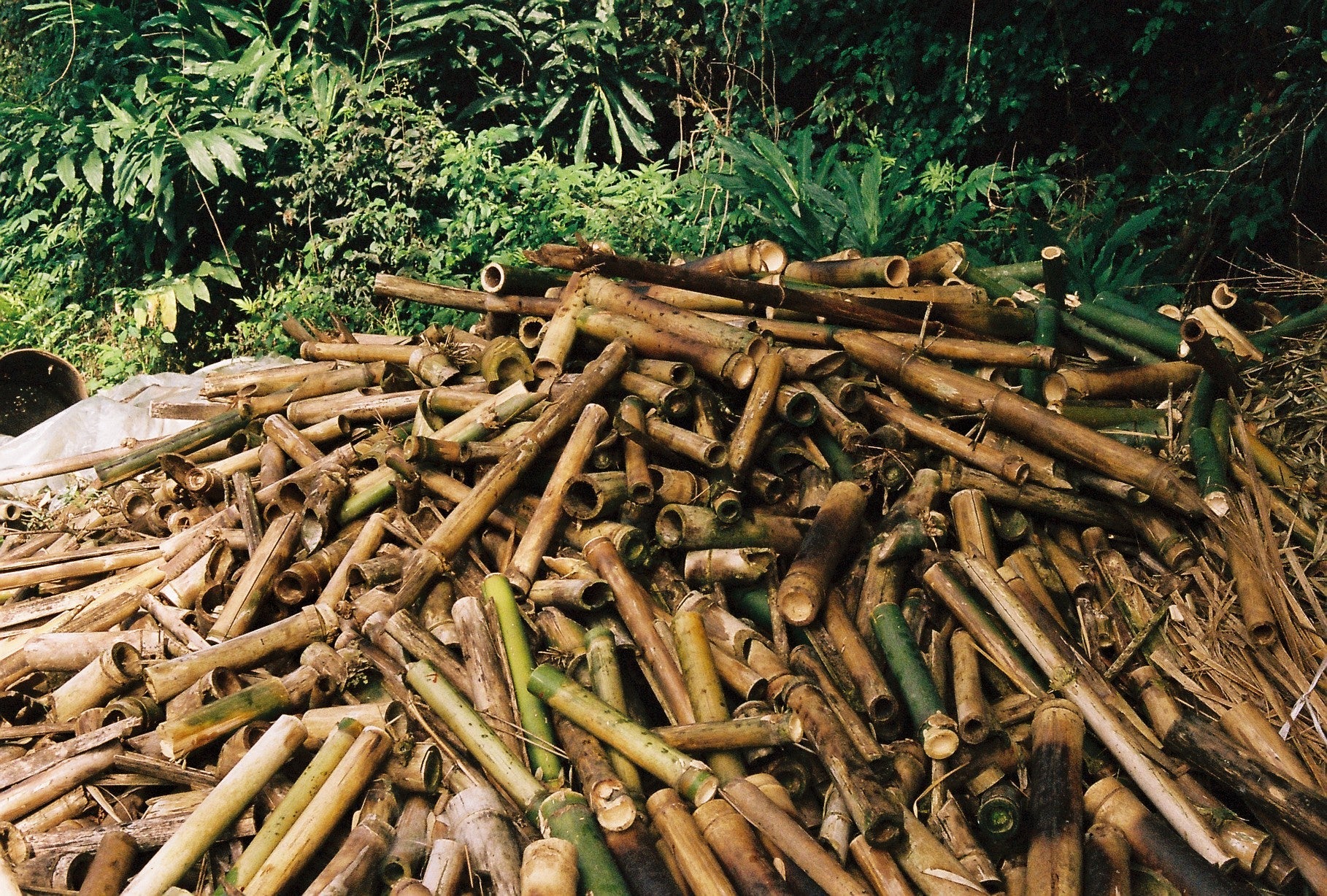
2025 Spring Tea Field Report
The dust has settled, the cakes are (mostly) pressed and wrapped, and now we await the arrival of fresh teas from the spring just passed in Yunnan.
Bucking the trend of the last few years of drought, temperatures in Xishuangbanna this spring were lower than average, and there was more rain, providing sorely-needed extra moisture for thirsty tea plants. Driving up to the tea mountains, the difference was stark. The undergrowth was lusher, plants weren’t crisped by the sun, and there was no layer of red soil dust coating everything. It was noticeable in the air too, with higher humidity out and about (greatly appreciated by our sinuses).

The colder temperatures meant that many tea plants, particularly old-arbour trees, sprouted later than usual, around early April.
Quality was still good across the board, with fewer examples of tea that had been over-fried compared to previous years.
One other side effect of the weather was the delayed appearance of some of our favourite fruit; no white or red dragonfruit to be found! Only the yellow variety, known locally as ‘Bird’s nest fruit’, which seems to be the latest popular fruit.
As always, tea trees growing in the forest, surrounded by ample biodiversity and with plenty of canopy cover, perform the best no matter the weather, as the microclimate acts as a layer of ‘insulation’ against weather patterns, and makes plants more resistant to pests and diseases. As tea plants grow older, their taproots dive deeper and deeper into the soil below, accessing water tables that younger bushes cannot. The diverse plant life attracts all sorts of insects, including spiders, which then also attract birds, and a whole ecosystem evolves and reaches equilibrium.
The towns and tea mountains were less busy than in previous years, a sign of a slowed domestic economy. This primarily affects tea produced for the low-end of the market; large scale industrial productions destined for cheap exports. High-end tea, from famous areas such as Lao Banzhang, and various mountains in Yiwu, remained stable, as the wealthy are unaffected by the broader market.

Production volumes were once again negatively impacted, with fewer kilograms of tea produced compared to baseline because of the slowed growth. This somewhat counteracts the lowered prices for some producers by keeping supply somewhat limited.
Favourite Meal
The excellent and diverse food we are lucky enough to eat every spring is a large part of what makes it tolerable to drink so much fresh tea. This year’s particular standout was this sour-spicy dish made from tree bark, and lichen, stir-fried with garlic, chilli, and other hyper-local mountain herbs. The bark was crispy yet chewy, almost like chicken skin. So delicious we went back to order it two more times.

So, after drinking through an absolutely heroic amount of fresh samples of all kinds of tea, we made our selections, and got to work creating the blends and recipes for our 2025 teas. No spoilers, but you can expect new teas across each category (raw, ripe, white, and black); a mix of returning favourites and new experiments.
We can't wait to show you what's in store once everything has made its way across the ocean to us here!

